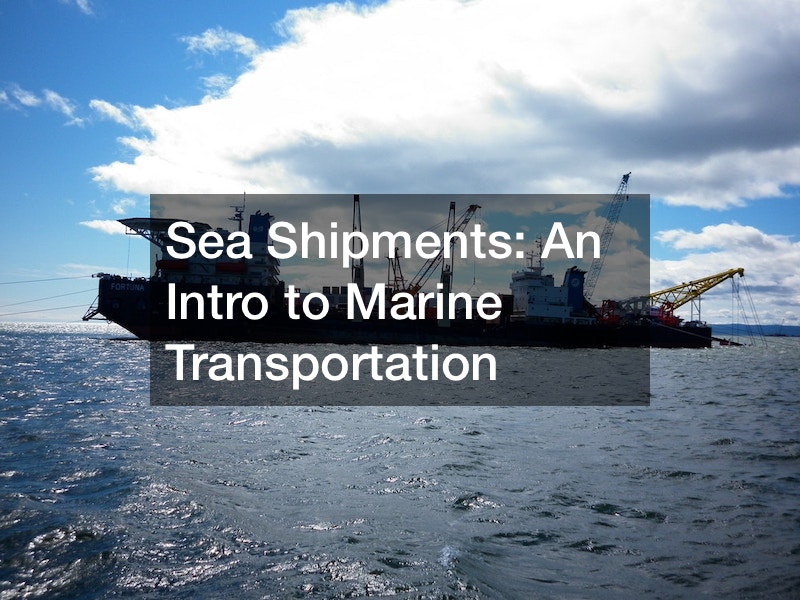
This video provides a detailed overview of marine transportation and importation, specifically focusing on Full Container Load (FCL) cargo, also referred to as sea cargo service. The process commences with goods’ production at the factory, where a shipping representative sends a booking to a forwarder, detailing container specifics and estimated timings. The forwarder, in turn, manages essential documents and customs clearance, emphasizing the need for document accuracy.
The subsequent steps involve the forwarder collecting an empty container from a depot, ensuring its quality, and delivering it to the factory for cargo loading, adhering to weight restrictions and completing necessary applications. The container is then transported to the port and loaded onto a vessel, with the issuance of a bill of lading (BL) marking a key milestone.
Transitioning to marine transportation and importation, the video covers container unloading at ports, potential weather delays, and the timeline of transportation. Arrival notices are issued to consignees, detailing associated costs, followed by the consignee obtaining a delivery note (DO) and settling charges with the forwarder. Import customs clearance involves document submissions, with the consignee ultimately retrieving the container from the yard.
Understanding and navigating these processes are crucial for efficient logistics arrangements in marine transportation and importation, ensuring a smooth journey from goods’ production to consignee pickup.
.






